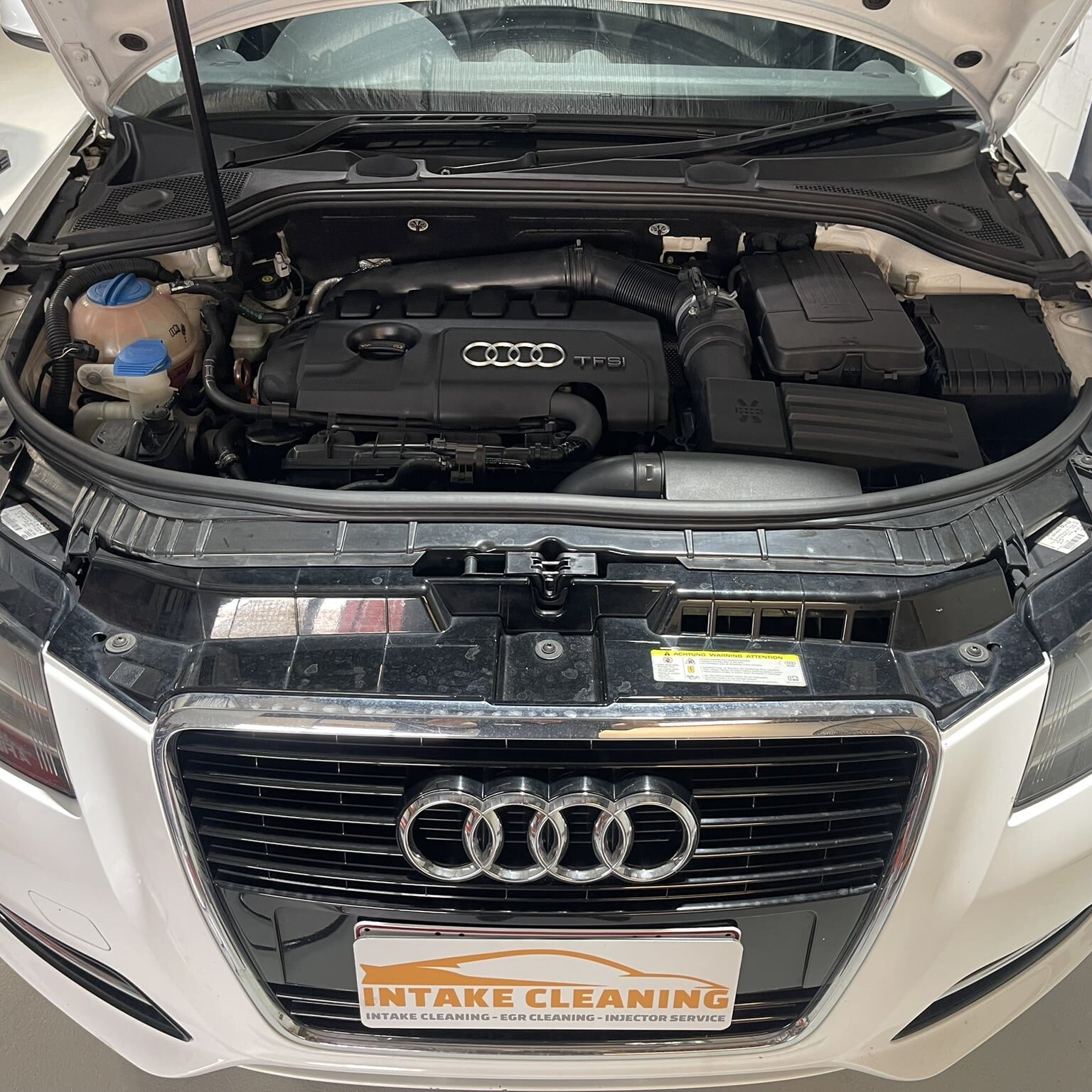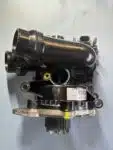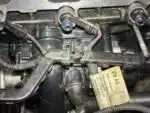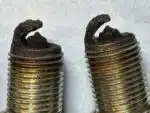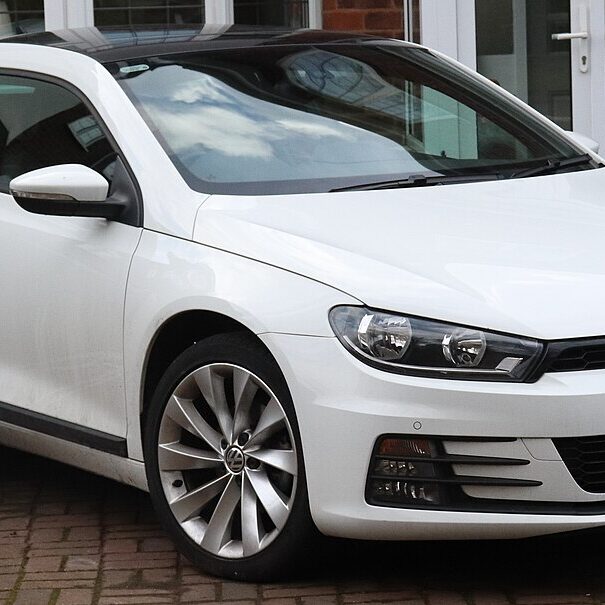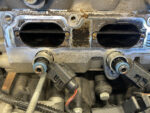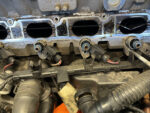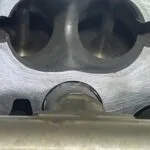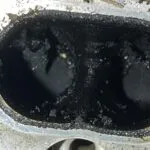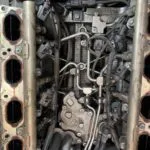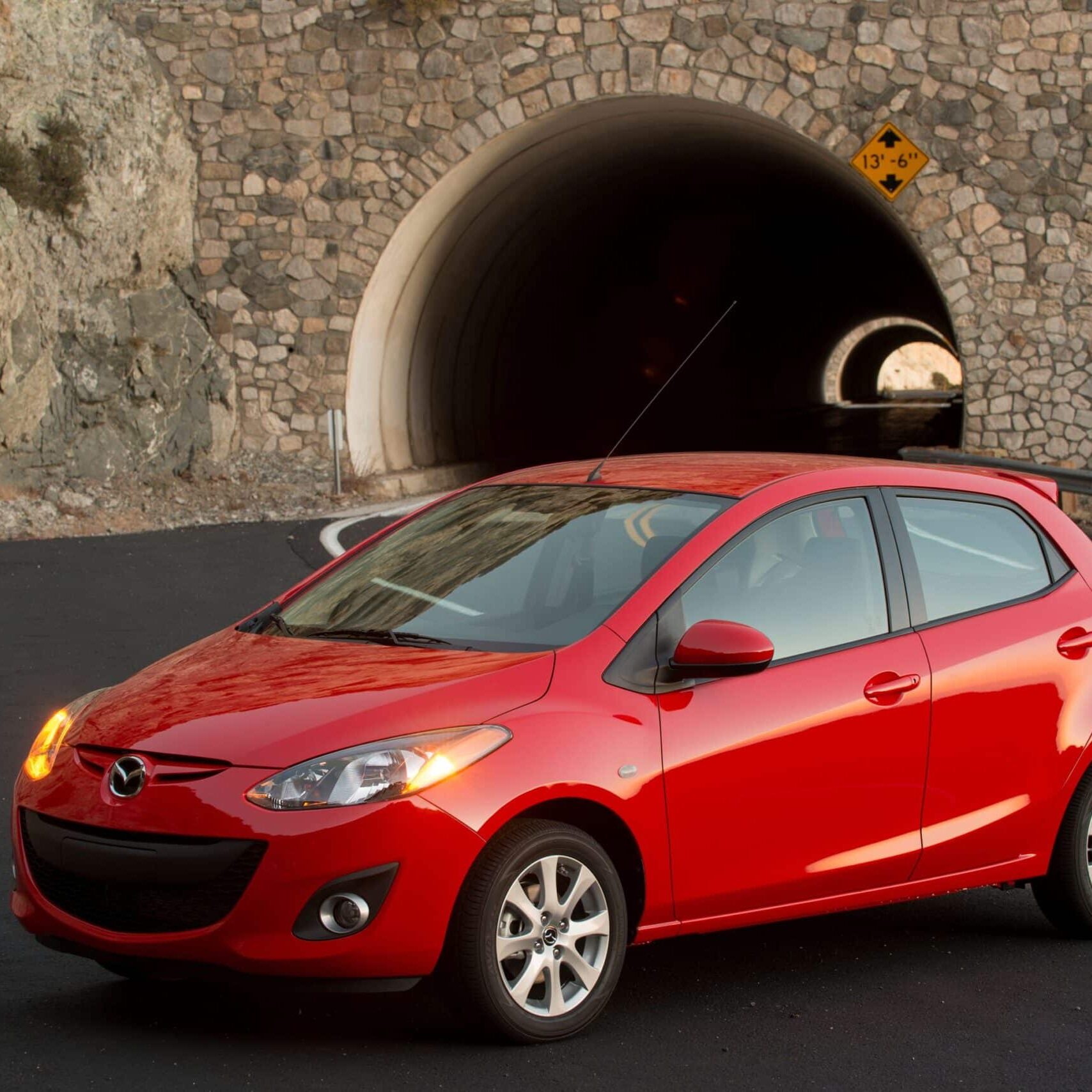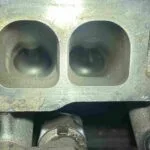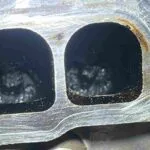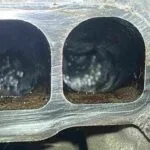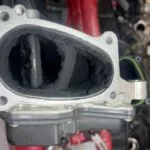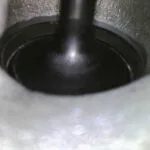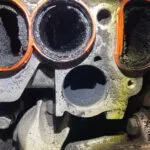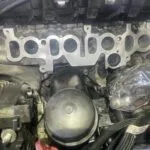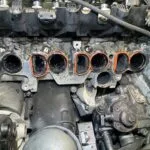Today, January the 1st 2025 is D-day for emissions—happy new year
A Landmark Move Toward Sustainability
Australia is set to implement its long-awaited New Vehicle Efficiency Standard (NVES) on January 1st 2025, marking a significant step towards achieving net-zero greenhouse gas emissions by 2050. This legislation, announced in February 2024, aims to curb carbon dioxide (CO2) emissions from vehicles, addressing the transport sector’s significant role as the third-largest CO2 emitter in the country.
Key Objectives of the NVES
The primary goal of the NVES is to align Australia with global markets where 85% of vehicles are sold under stringent emissions regulations. By enforcing these standards, Australia hopes to encourage the introduction of fuel-efficient and zero-emission vehicles, reducing the environmental impact of its vehicle fleet.
Currently, passenger vehicles account for 45% of transport-related CO2 emissions, while light commercial vehicles contribute 18%. The NVES introduces specific CO2 targets for both categories, adjusted annually to become more stringent over time. These measures aim to lower the average emissions of new vehicles sold in Australia significantly.
CO2 Targets and Adjustments
Under the NVES, CO2 emissions limits will differ for passenger vehicles and light commercial vehicles:
- Passenger Vehicles: A headline figure of 141g/km in 2025, reducing to 58g/km by 2029.
- Light Commercial Vehicles: A target of 210g/km in 2025, decreasing to 110g/km by 2029.
These headline figures are further adjusted based on vehicle weight. Heavier vehicles, such as utes and large SUVs, will face less stringent targets than lighter, more fuel-efficient cars. For instance, a Ford Everest SUV will now be classified alongside utes like the Ford Ranger due to its heavy-duty capabilities, aligning with light-commercial vehicle CO2 targets.
Penalties and Incentives
From 1 July 2025, carmakers will face penalties for non-compliance. For every gram per kilometre of CO2 emissions over the target, manufacturers will incur a $100 fine per vehicle. To mitigate these penalties, brands can:
- Offset emissions by selling low- or zero-emission vehicles.
- Purchase credits from other manufacturers who exceed compliance targets.
CARBON REMOVAL GALLERY
Impact on Australian Drivers
For Australian motorists, these changes could mean:
- Higher Used-Car Prices: A potential rise in demand for used vehicles as manufacturers adjust their line-ups.
- Lower Fuel Costs: With more efficient vehicles entering the market, drivers could see reduced fuel expenses over time.
- Greater Choices in Green Technology: An influx of hybrid, plug-in hybrid, and fully electric vehicles is expected, giving consumers more eco-friendly options.
Industry Response and Challenges
Automakers have expressed mixed reactions to the NVES. While some, like Toyota, see the regulations as an opportunity to expand their hybrid and electric vehicle offerings, others, such as Mazda, acknowledge the challenges in meeting these ambitious targets. Brands are ramping up efforts to introduce innovative models, including plug-in hybrids like the Ford Ranger PHEV and battery-electric SUVs like the Kia EV5.
However, critics argue that the standards could go further. Unlike the UK’s target of zero CO2 emissions by 2032, Australia’s regulations currently lack a definitive deadline for achieving zero-emissions vehicles.
The Road Ahead
The NVES represents a pivotal moment in Australia’s journey toward sustainability. By stimulating demand for cleaner, more efficient vehicles, the government aims to reduce reliance on fossil fuels and minimise the country’s carbon footprint. For Australian motorists, the next few years will bring a wave of technological innovation and greater environmental awareness.
Supporting Emissions Reduction with Regular Maintenance
At Intake Cleaning, we specialise in services that help reduce carbon build-up and optimise your vehicle’s performance. Our offerings include Walnut Shell Blasting, EGR Valve Cleaning, Injector Service and Replacement, and Port Carbon Clean. These services not only improve your engine’s efficiency but also contribute to lowering your vehicle’s overall emissions.
Regular maintenance plays a crucial role in reducing emissions. Carbon deposits in the intake system and turbocharger can hinder engine efficiency, leading to higher fuel consumption and CO2 output. By investing in services like Carbon and Soot Removal or Turbocharger Carbon Removal, you can ensure your vehicle runs cleaner and meets the evolving emissions standards.
Partner with us to keep your vehicle in peak condition while doing your part for the environment. Visit our website to explore our full range of services and book an appointment today.


